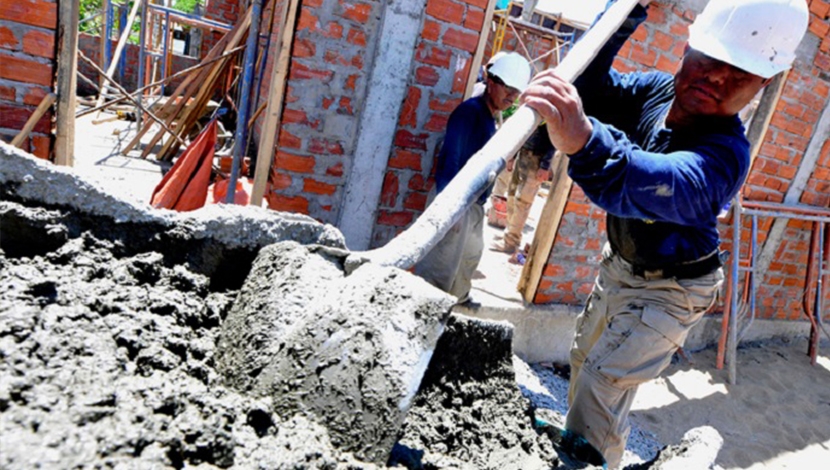
Worldwide, 5% of, man-made emissions come from the production of cement. A viable replacement for cement that cuts these emission could certainly have an impact — but what about one that actually reduces atmospheric CO2?
Ferrock is the brainchild of PhD student David Stone, who set out to create a viable alternative to cement, one that could be mixed and poured to make a substance with all the strength and versatility of concrete. Ferrock is actually stronger than portland cement, the leading type in use today. It can take more compression before breaking, and several times more flexing and bending force; making it resistant to the shocks of small earthquakes or industrial processes, and perhaps even more resilient to weather. But best of all, Ferrock’s hardness comes from the fact that as it dries, the material absorbs and irreversibly binds large amounts of atmospheric CO2.
Ferrock is made with waste steel dust from industrial processes, usually just discarded. The iron (ferrous) content reacts with CO2 and rusts, forming iron carbonate that is fused into the matrix of Ferrock. Like concrete, when Ferrock dries it can’t be melted back to the liquid phase.
Stone has started a Ferrock company called Iron Shell to push the technology. Just how much it costs to create this wondrous anti-carbon substance will have a lot to do with its viability, and if steel dust suddenly becomes a precious building resource, the price of that “waste” material will skyrocket. Additionally, there’s no word on just how much carbon this cement soaks up, though it’s more than comes from the Ferrock production process itself.
Ferrock is carbon negative overall, and even if it only soaks up 1% more airborne carbon than it creates, that’s still an enormous achievement.
By Graham Templeton
Ferrock: a carbon dioxide sponge that’s harder than concrete





